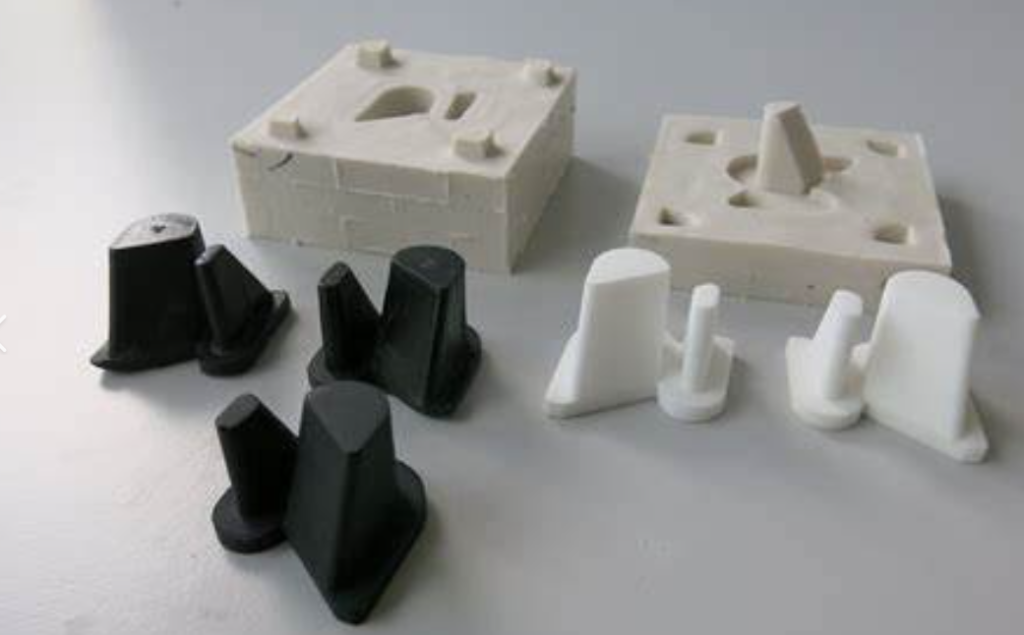Urethane casting is a versatile and cost-effective manufacturing process that allows for the creation of high-quality parts and prototypes with intricate details. Mastering the art of urethane casting opens up a world of possibilities for designers and engineers looking to bring their ideas to life. In this article, we will delve into the key aspects of urethane casting, from understanding the materials and techniques involved to troubleshooting common issues and exploring advanced casting methods.
Urethane casting involves the pouring of liquid urethane material into molds to create solid parts. This process is often used in prototyping, low-volume production, and creating complex geometries that traditional manufacturing methods struggle to achieve. The versatility of urethane casting lies in the wide range of urethane materials available, each with distinct properties such as hardness, flexibility, and abrasion resistance.
Creating a conducive work environment is crucial for successful urethane casting. A clean and organized workspace ensures efficiency and reduces the risk of contamination in the casting process. Essential tools and equipment for urethane casting include mixing containers, stirring sticks, gloves, and safety goggles to protect against chemical exposure.
Selecting the appropriate urethane material is key to achieving the desired properties in the final part. Factors to consider include the hardness, flexibility, and heat resistance required for the application. Rigid urethanes are ideal for structural parts, while flexible urethanes are better suited for parts that require elasticity or impact resistance.
Molds play a crucial role in urethane casting, as they determine the shape and surface finish of the final part. Proper mold preparation involves ensuring the mold is clean and free of debris, as well as applying release agents to facilitate easy demolding. Different types of molds, such as silicone and urethane rubber molds, offer varying levels of detail and durability.
Achieving the correct ratio of resin to hardener is essential for the urethane mixture to cure properly. Thoroughly mixing the materials and degassing to remove air bubbles ensures a smooth and uniform finish. Pouring the urethane mixture into the mold slowly and accurately helps prevent voids and defects in the final part.
The curing process of urethane materials can vary depending on the formula used, but typically, parts are ready for demolding within a few hours to overnight. Careful demolding is crucial to prevent damage to the part, and the use of mold release agents aids in the process. Patience and attention to detail are key in ensuring the casted part retains its shape and details.
Post-processing of urethane casted parts involves removing excess flash and seam lines to achieve a professional finish. Sanding and polishing techniques can be used to smooth out imperfections and achieve the desired surface texture. Painting and finishing options, such as dyeing or plating, offer customization possibilities for the final part.
Air bubbles and poor surface finish are common issues faced in urethane casting. Techniques such as degassing the urethane mixture and adjusting mixing ratios can help prevent air entrapment. Addressing surface imperfections with sanding or filler materials can improve the overall quality of the casted part.
Overmolding and insert molding are advanced techniques that involve combining multiple materials or components in a single part. Creating multi-part molds allows for the production of complex geometries and undercuts in the final part. Adding textures and details to urethane casted parts enhances the aesthetic appeal and functionality of the finished product.
Prioritizing safety is paramount in urethane casting, as exposure to chemicals and fumes can pose health risks. Proper protective gear, such as gloves, respirators, and eye protection, should be worn at all times. Handling and disposing of urethane materials responsibly and ensuring adequate ventilation in the workspace are essential safety practices.
Real-life examples of successful urethane casting projects showcase the versatility and capabilities of this manufacturing process. Learning from past mistakes and sharing experiences can help newcomers avoid common pitfalls and optimize their casting techniques. The endless possibilities in urethane casting offer endless opportunities for innovation and creativity in product development.
Mastering the art of urethane casting requires patience, practice, and a willingness to experiment with different materials and techniques. By following the key principles outlined in this article and continuously refining your skills, you can unlock the full potential of urethane casting in your projects. Remember to prioritize safety, stay informed about advancements in the industry, and never stop exploring the creative possibilities that urethane casting offers. For those looking to delve deeper into urethane casting, there are numerous resources available for further learning and exploration in this dynamic and rewarding industry.
